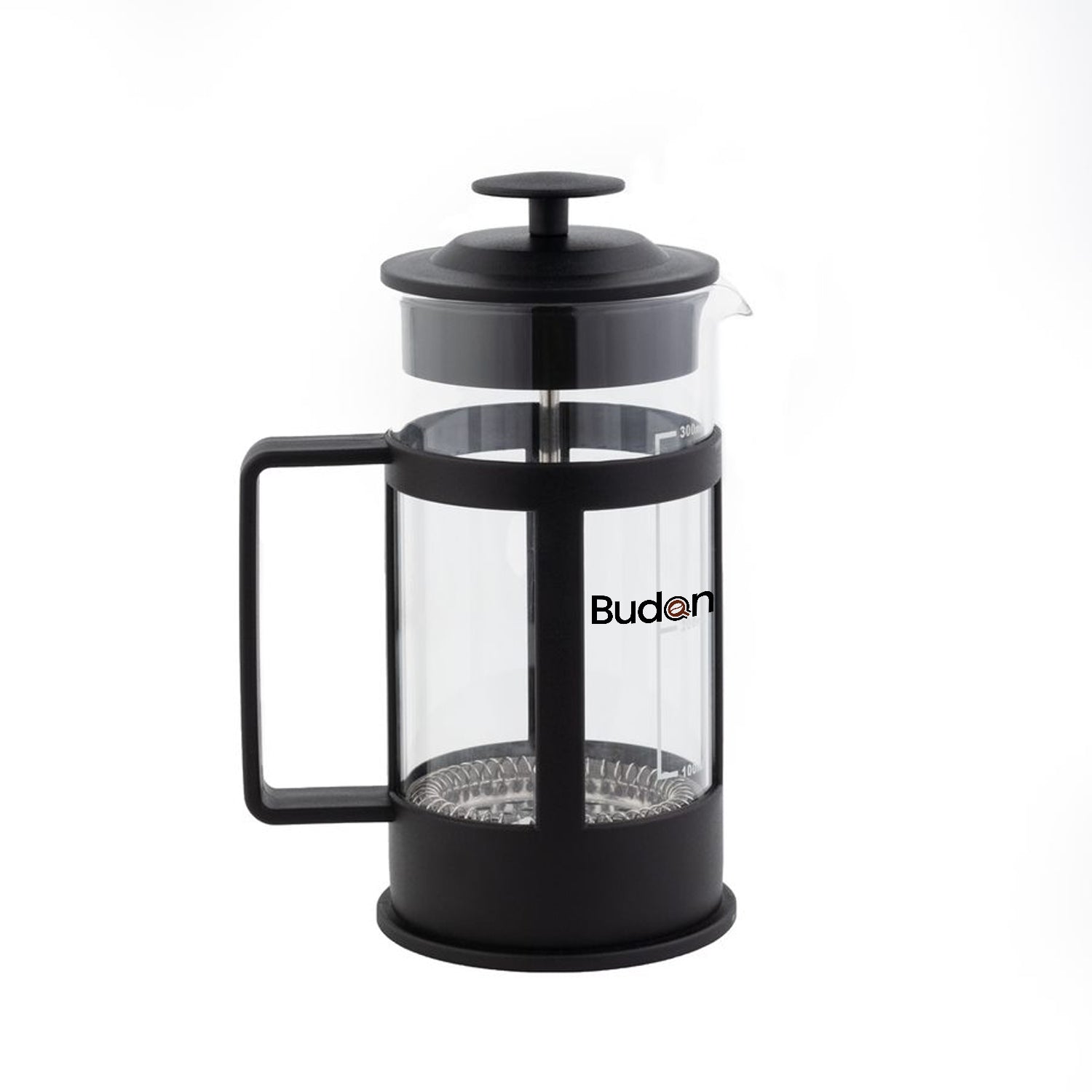Coffee is more than just a drink — it’s a centuries-old story, a daily ritual, and for many, a non-negotiable part of life. But how did this humble bean go from wild forests in Africa to cafés on every corner of the world?
This brief journey takes you from curious goats in Ethiopia to bustling coffeehouses in Europe, the global commodity trade, and the modern-day specialty coffee movement.
The Origin Legend: Dancing Goats in Ethiopia
Coffee’s story begins in 9th-century Ethiopia, with one of the most popular legends in coffee lore. A goat herder named Kaldi noticed his goats becoming unusually energetic after eating bright red berries from a certain bush. Curious, Kaldi tried the berries himself and felt an invigorating jolt.
He brought the berries to a local monastery, where monks turned them into a drink that helped them stay awake during evening prayers. From this origin story — whether fact or fable — the coffee plant began its global spread.
Yemen: The First Brews and the Birth of Coffee Culture
By the 15th century, coffee had made its way across the Red Sea into Yemen, where Sufi monks brewed it to stay alert during long nights of devotion. The beans were cultivated in the highlands and brewed using a method that resembles modern-day Turkish coffee.
Yemen became home to the world’s first coffeehouses, known as qahveh khaneh, which quickly became centers of conversation, music, games, and intellectual exchange.
Coffee Spreads Across the Islamic World
From Yemen, coffee spread across the Islamic world — to Mecca, Cairo, Damascus, and Baghdad — throughout the 16th century. While some religious authorities tried to ban it, claiming it caused overexcitement or resembled alcohol, coffee survived and thrived.
These early coffeehouses were sometimes called “Schools of the Wise,” where scholars, poets, and philosophers gathered. Coffee had become more than a beverage — it was a social experience.
Arrival in Europe: Controversy and Craze
Coffee reached Europe in the 17th century, arriving through trade routes from the Ottoman Empire and North Africa. Its stimulating effects caused suspicion among some — in fact, when coffee reached Venice in 1615, it was condemned by some as “the bitter invention of Satan.”
But in 1600, Pope Clement VIII allegedly tried it, liked it, and gave it his blessing. Coffee took off rapidly in cities like London, Paris, and Vienna.
European coffeehouses emerged as vital hubs for artists, writers, merchants, and politicians — earning names like “Penny Universities” in England, where for the price of a cup, one could engage in deep conversation and debate.
The Colonial Era: Coffee Goes Global
As demand grew, European colonial powers sought to control coffee cultivation. The Dutch planted it in Java (Indonesia). The French established plantations in the Caribbean. The Spanish took it to Central America, and the Portuguese to Brazil, which would eventually become the world’s largest coffee producer.
Coffee’s global expansion was often tied to colonialism, with enslaved and indentured laborers working on plantations across the tropics.
Coffee and the Industrial Age
By the 19th century, coffee was a staple in many households, thanks to advances in roasting, grinding, and brewing technology. The invention of vacuum-sealed tins, percolators, and later instant coffee in the early 20th century made it even more accessible.
Coffee also became central to work culture. In the U.S., the concept of the coffee break emerged in the mid-20th century, becoming a staple of office life.
The Third Wave: Specialty Coffee and Conscious Consumption
Today, we’re in what many call the third wave of coffee — a movement focused on quality, transparency, and sustainability. Unlike earlier waves driven by convenience or mass production, third-wave coffee emphasizes:
-
Single-origin beans
-
Direct trade
-
Light roasting to highlight terroir
-
Manual brewing methods like pour-over and siphon
Cafés now act as tasting rooms and educational spaces, helping consumers understand everything from varietals to processing methods.
Conclusion: From Ritual to Revolution
From Ethiopian mountaintops to city cafés around the globe, coffee has woven itself into nearly every culture. It’s a drink that has sparked revolutions, fueled creativity, powered labor, and connected people across centuries and continents.
The next time you sip your cup, remember — you’re not just drinking a beverage. You’re part of a rich, complex history that continues to evolve with every brew.


























